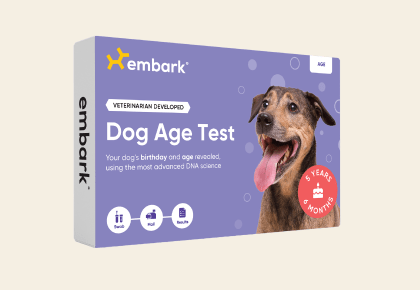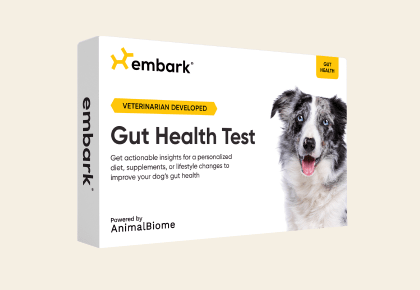Cleft Palate, CP1
Cleft palate (with and without cleft lip) occurs during embryonic development. This complex birth defect can result from genetic variations, environmental exposures, and their interactions.
-
Signs and symptoms
Affected dogs may present with clefts of the hard and soft palate, an overbite (shorter mandible/lower jaw), and an absent or poorly developed nasal septum (cartilage that divides the nasal cavity). The cleft of the palate allows saliva and food to pass from the oral cavity into the nasal cavity. Affected dogs may sneeze and snort, cough and gag when they drink water or milk, have poor growth due to difficulty eating, and are predisposed to respiratory infections.
Signs are first recognized in puppies, often when they are only days old. -
Diagnosis
The cleft of the hard palate is typically easy to see, however, examination of the soft palate usually requires anesthesia. Thoracic (chest) radiographs may show signs of pneumonia.
-
Treatment
Very small clefts may create no functional abnormalities. Surgical intervention may be needed for larger clefts.
-
What to do if your dog is at risk
Actions
- Young puppies may be unable to nurse. Some older puppies may need to be fed via a feeding tube to increase caloric intake and reduce the risk of aspiration pneumonia until surgery can be performed.
-
Genetic Information
This variant was first described in the Nova Scotia Duck Tolling Retriever. In addition to this DLX6 variant, an ADAMTS20 variant (that Embark also tests for) has been identified as a cause of cleft lip and/or cleft palate, mandibular/jaw abnormalities, and webbing or fusing of the toes (syndactyly) in a subset of Nova Scotia Duck Tolling Retrievers (NSDTRs). Cleft lips and/or palates may also occur from other genetic and environmental causes.
This variant is inherited in an autosomal recessive manner, meaning that a dog requires two copies of the variant to show signs of cleft palate from it.
Gene names:
DLX6 intron 2 ‐ chr
Inheritance type:
recessive
Citations:
-
Breeds affected
This health condition affects the following breeds
Learn about your dog’s unique genetic health
Dog owners
Breed identification, health and trait insights, personalized care recommendations, and the world’s first canine relative finder—all in one leading dog DNA test.
Learn about the report for dog ownersShop the test
Breeding programs
Embark’s test for breeding programs is one comprehensive DNA test designed with your needs in mind.
Learn about the report for breedersShop the test











